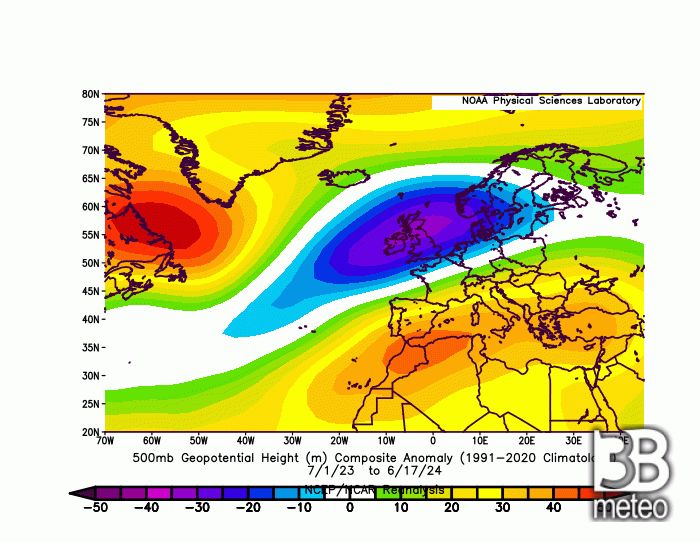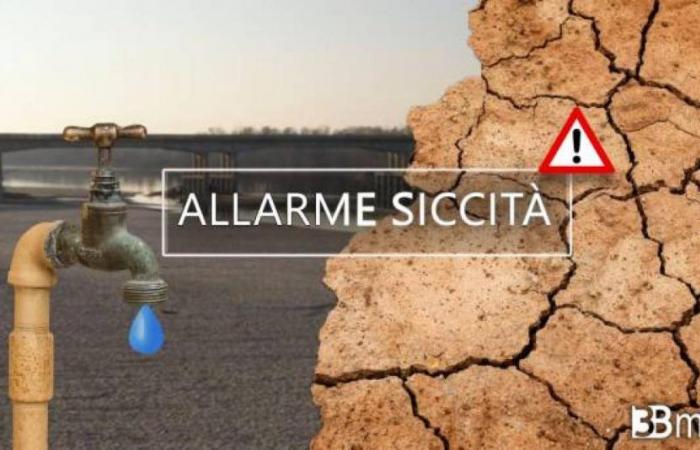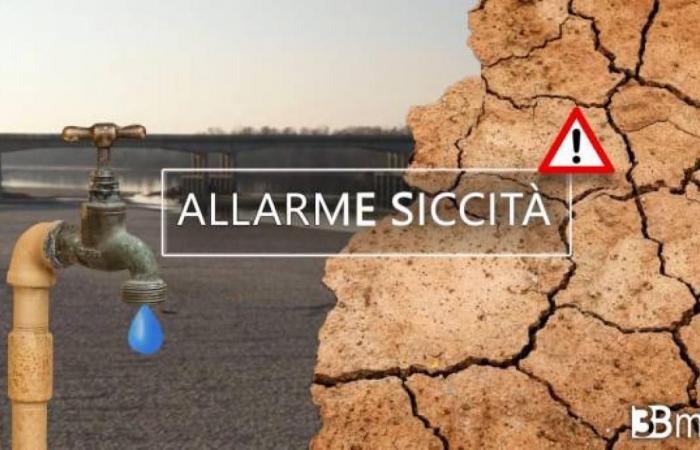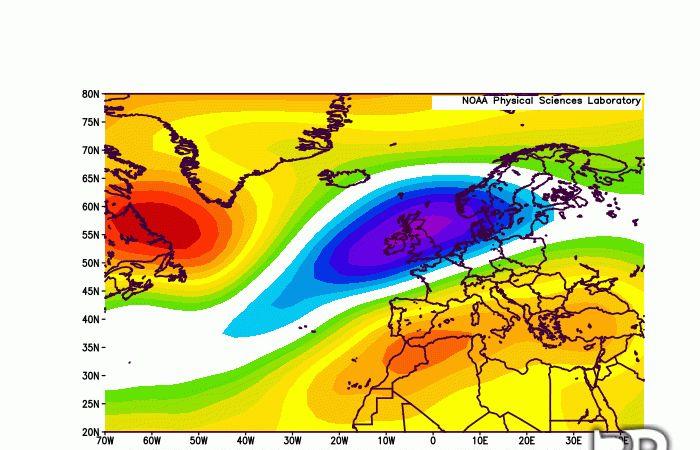reading time
2 minutes, 39 seconds
Sicily is facing a serious water crisis due to persistent drought. The region has declared a state of natural disaster, and the government has recognized the need for urgent interventions to mitigate the damage caused by the lack of water. Recent rainfall has not been sufficient to compensate for the accumulated water deficit, which remains significant. Some areas experience a deficit of more than 40-60% of annual rainfall compared to normal. In eastern Sicily, cumulative rainfall is less than 300 mm in 12 months. Even on Etna, usually a rather rainy area, the situation is critical.
The crisis is particularly serious for the agricultural and livestock sector. Wheat, cereals and fodder record drops of up to 100%, while the absence of rain also affects fruit trees and threatens vineyards and olive groves. This event brings to mind the drought of 2002, one of the most critical years for the region, with serious consequences for the agricultural sector and water resources. Reservoirs are below the alert level.
In addition to Sicily, Puglia, Basilicata and Calabria are also suffering from high water stress. Followed by Campania, Lazio, Marche, Umbria, Tuscany, Molise, Sardinia and Abruzzo. Italy ranks fourth in Europe for water stress.
In Europe, high temperatures and low rainfall have caused severe drought conditions also in southern Spain, Malta, Morocco, Algeria and Tunisia. Between January 1 and January 20, 2024, drought reached record levels, following the hottest year on record, with 2024 threatening to surpass it. Prolonged drought also increases the risk of fires due to reduced soil moisture.
The southern regions are lately subject to prolonged anticyclonic periods, often accompanied by hot and dry air masses of sub-tropical origin, while Central-Western Europe and Northern Italy are more exposed to unstable currents and higher than average rainfall. The location of the high and low pressures of the last year appears to correspond to a positive East Atlantic (EA) Index. The EA Index is a major mode of climate variability in the North Atlantic, similar to the Arctic Oscillation (AO) or North Atlantic Oscillation (NAO). There is a correlation between a positive EA Index and El Niño, although this relationship is influenced by multiple climatic factors and can vary over time. The connection is more evident in specific periods and can be modulated by other climate variables. The EA Index has been predominantly positive since the 1990s, due to multidecadal-scale atmospheric and oceanic dynamics affected by climate change. Even if the trend is that of a positive long-term EA Index, short-term events can modulate this trend, leading to drier or wetter years depending on natural variability.tole and global climate interactions. Summer is traditionally a dry season for Sicily, making it difficult to imagine an improvement in the water situation in the short term. The lack of rainfall during the summer months would further aggravate the drought.

Follow us on Google News






